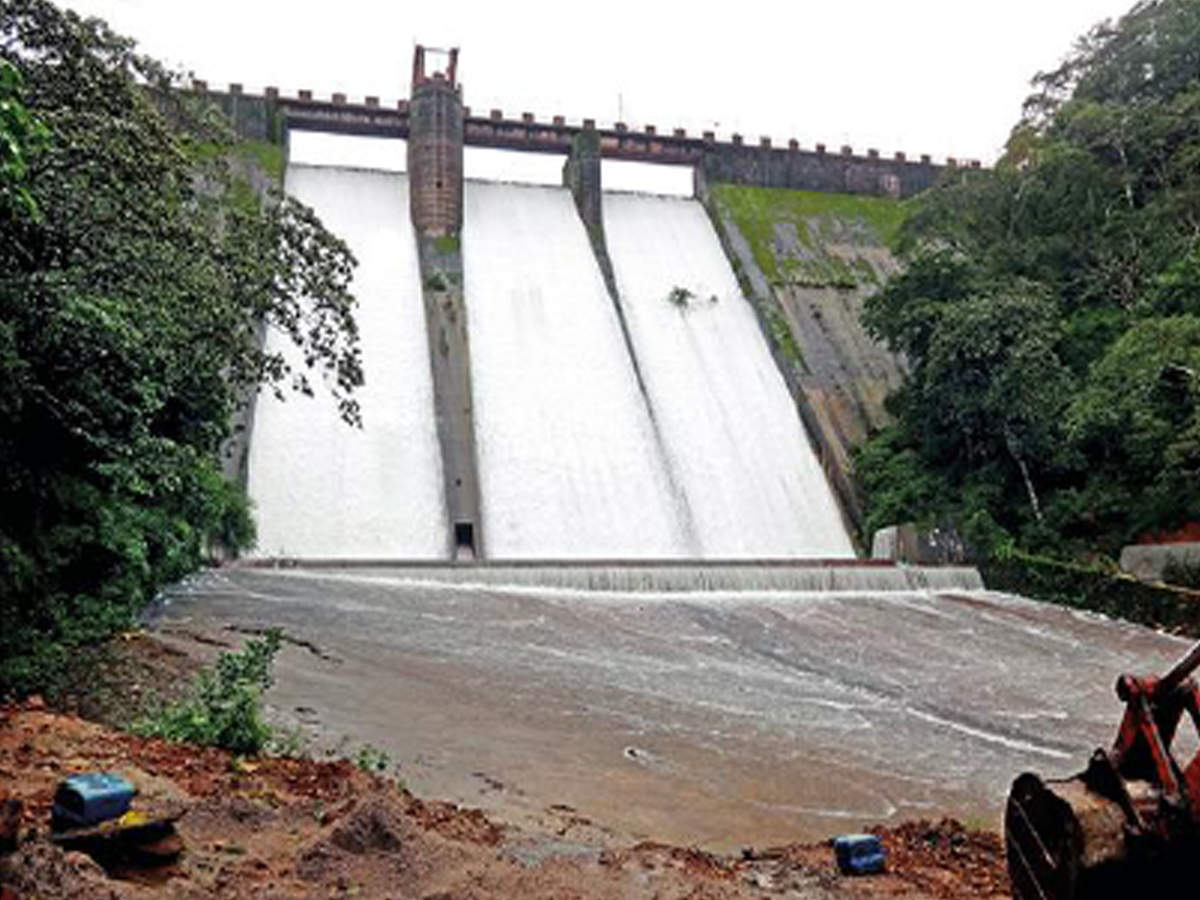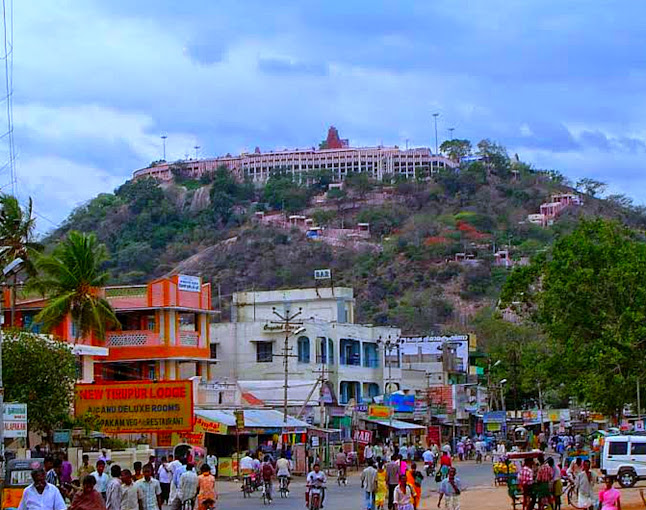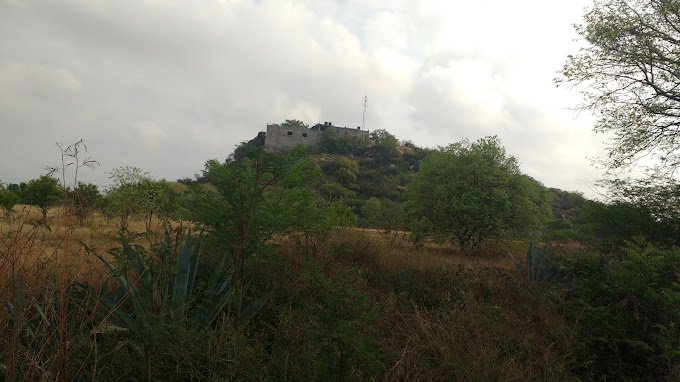The journey of Siruvani Dam, a testament to human determination and foresight, began with the government’s approval for its construction in February 1915. However, work didn’t commence immediately, and the history unfolds through various sources, including the Archeology Department, Tamil Nadu Water Supply and Drainage (TWAD) Board, and the district gazette.
In the early stages, the villagers of Boluvampatti and Alandurai expressed their opposition to the scheme, fearing its potential impact on their lives. Yet, they were gradually convinced of the advantages of bringing Siruvani water to a burgeoning town.
Construction of the dam finally commenced in 1927. Situated in a challenging and remote terrain frequented by wild animals, the construction crew resided in a guest house near Iruttu Pallam. They journeyed to the dam site on horseback, accompanied by armed guards to ensure their safety. Even today, a visit to the Siruvani Dam includes the company of forest guards, though modern transportation has replaced the horses.
The initial construction cost was a modest Rs. 2,17,725, which covered a dam of 23 feet in height. The site was strategically chosen due to its perennial streams. The Siruvani, Muthikulam Falls, Gobiyaru, Solaiyaru, Pattiyaru, Veeraru, and Paambaru Falls, all vital water sources, were identified for the dam’s construction.
While there were plans to commission a hydroelectric project at Siruvani, this endeavor was shelved as the Pykara project in the Nilgiris gained prominence during that period. Major and minor construction activities continued until 1984, with the total cost amounting to Rs. 26.12 crores.
When the dam started supplying water in 1931, it provided 113 lakh litres to a population of over 95,000. However, in the 1970s, due to a reduction in inflow into the Muthikulam, the water supply was scaled down to 130 lakh litres from its previous 186 lakh litres during the summer months.
The Siruvani Dam stands not only as a source of vital water supply but also as a living testament to the unwavering commitment of those who envisioned and built it over a century ago.





